In central Hokkaido (near Asahikawa) sits Daisetsuzan National Park, Japan's biggest national park and an ideal place for hiking in Japan. Daisetsuzan means “Playground of the Gods” in the language of Hokkaido’s indigenous people Ainu. It owns a wide range of flora and fauna, and wild animals, renowned for massive, majestic mountains and offering rugged views, which is considered the paradise of hiking enthusiasts, outdoor lovers.
From breathtaking natural beauty to various wildlife, diverse unspoiled wilderness in this largest park in Japan is waiting for your exploration. Pack up and plan your trip to Hokkaido right now!
Table of Contents
Daisetsuzan National Park Facts
Why Visit Daisetsuzan National Park?
Best Time to Visit Daisetsuzan National Park: Season-by-Season Guide
Top Attractions in Daisetsuzan National Park
Things to Do in Daisetsuzan National Park
How to Get to Daisetsuzan National Park
Practical Tips for Visiting Daisetsuzan
Other Popular National Parks in Hokkaido
FAQs about Daisetsuzan National Park
Daisetsuzan National Park Facts
Japanese name: 大雪山国立公園 (Daisetsuzan Kokuritsu Kōen)
Address: Sounkyo, Kamikawa, Kamikawa District, Hokkaido, Japan
Opening hours: 8:30 am-5:15 pm
Closed: Closed on weekends
Entrance ticket: No park entrance fee
Suggested visit duration: Three days
Best time to visit: Summer and autumn
Why Visit Daisetsuzan National Park?
Largest national park in Japan (2,267 km²)
Known as the "Roof of Hokkaido" with 16 peaks over 2,000m
Paradise for hiking, camping, skiing, snowboarding, wildlife observing, and other outdoor activities
Pristine alpine landscapes, volcanic peaks, untouched forests, and rare wildlife, ideal for nature lovers
Less crowded than many other national parks in Japan
Cultural ties to the Ainu indigenous people in Hokkaido
Best Time to Visit Daisetsuzan National Park: Season-by-Season Guide
Spring (May–June): Snowmelt & Alpine Blooms
When it comes to early May or late June, it is time for Shibazakura (pink moss) carpets at Mount Kurodake. The moss phlox, also known as other sakura, allows every visitor to dive into the pink flowerbed and appreciate the Barbie pink over the hill. This scenery of mini-sakura over the Daisetsuzan Park is definitely worth visiting.
In early July, the appearance of pure white petals indicates the upcoming flower season of the national park. Aleutian avens blossom greets hikers with its beautiful full bloom, which is a perfect time for shutterbugs and flower lovers to capture this cheerful moment. Taking the Daisetsuzan Sounkyo Kurodake ropeway to the top can be one of the best ways to appreciate those views.
Spring here usually comes in June or early July, owing to its altitude, during which people can enjoy the sight of snow melt when sunlight appears and brings warmth to the mountains. You can fully appreciate this highlight from another park, Shin’ei-no-Oka, which offers a panoramic view of the Daisetsuzan National Park.
In addition to the natural beauty mentioned above, taking an early-season hike in a lower elevation, like the Ginsendai Trail, can be an enjoyable experience in your Hokkaido hiking.
Summer (July–Sept): Hiking Paradise
Summer in Daisetsuzan Park is a season for hiking, and clear trails, when different kinds of alpine flowers dot the mountains and add some colors for this hiking trip.
When mentioning summer in Daisetsuzan Park, hiking must be the top topic, when the snow retreats and hikers can return to the trails to enjoy the outdoor activities. The prime trails belong to the Asahidake Summit Trail, which takes 6 hours for a round-trip, and the multi-day Trans-Daisetsuzan Trek.
Do not forget to put the Sounkyo Onsen Gorge Fire Festival on your must-visit list to experience the lively vibe in person, which is a traditional ceremony characterized by folk dances, the fukuro ritual, and firework displays.
Autumn (Sept–Oct): Firey Foliage & Crisp Air
As one of the earliest fall foliage in Japan, autumn in Daisetsuzan National Park comes earlier than in other areas in Japan, which attracts more visitors than in summer. Sounkyo Gorge provides a top spot to appreciate the maple-cliff views. Apart from hiking, taking a cable car via the Kurodake Ropeway is another way to see the mountains dyed with vibrant autumn colors, from yellow to red.
Winter (Nov–Apr): Snowscapes & Onsen Magic
Of all national parks in Hokkaido, even in Japan, winter in Daisetsuzan offers the longest ski season from November to early May. It is a perfect time for a series of snow sports, like snowshoeing, which is more suitable for novices.
Many volcanoes exist inside this national park, whose veins contribute to many hot spring onsens. Nothing can be more beatific than soaking in hot springs, while surrounded by pure white snowy views. Or you can challenge yourself to take an outdoor bath in cold weather to enjoy a double experience.
Top Attractions in Daisetsuzan National Park
Mount Asahidake (2,291m)
As Hokkaido’s tallest peak, Mount Asahidake has a height of 2,291 m (7,546 ft). Although it is possible to hike Mt. Asahidake all year round, summer belongs to the most popular time to hike, when it is easily reachable by the Asahidake Ropeway. Hikers or visitors can clearly admire the vivid seasonal beauty through cable car access.
There are many access points to hike the Asahidake trail in summer. And the challenging hikes to ascend the summit of Asahidake take about 2 hours. Some easy walking trails are also accessible and suitable for rookies.
At the foot of Mt. Asahidake lies Asahidake Onsen, a small spring resort. Enjoy a cozy onsen here can be one of the best things to do in your Hokkaido trip.
Sounkyo Gorge & Waterfalls
Sounkyo prepares hot spring baths and majestic waterfalls for visitors. Ginga no Taki and Ryusei no Taki are located 3km away from the central village, with water pouring down from 100m high, which can be watched from the large parking lot.
Autumn foliage dotted the mountains, making Sounkyo a perfect vantage point, where you can appreciate this autumn view at an earlier time than in other places.
In winter, what people can enjoy is far more than winter ice climbing. If you visit Hokkaido during late January and late March, do not miss the Sounkyo Onsen Ice Festival, when you can enter an ice world, composed of ice castles and different-shaped ice sculptures.
Tokachidake Onsen: Volcanic Hot Springs
Viewed as the highest hot spring resort in Hokkaido, Tokachidake Onsen lies 1,280 meters above sea level, allowing people to take natural outdoor baths while getting lost in picturesque scenery.
Not far away from the former sits Fukiage hot spring, where you can enjoy an open-air bath in the heart of nature. Indoor onsen is available as well. Fukiage Roten-no-yu is a few minutes walk away, supplying mixed-gender open-air baths.
If you are interested in hiking to Tokachidake’s active fumaroles for a deep exploration, you should prepare for the rugged terrain and hiking equipment. There are more splendors waiting for you.
The Daisetsuzan Volcanic Group
Daisetsuzan Volcanic Group is a volcanic cluster that covers Mount Asahidake and other volcanoes. Over 16 peaks exist in Daisetsuzan, with a height of more than 2,000 meters. That is the reason why it is called the “Roof of Hokkaido”. Various kinds of alpine flowers and rare species grow luxuriantly here. Visitors are advised to explore Japan’s "Roof" during August and September, which will present a stunning natural wonder.
Things to Do in Daisetsuzan National Park
Hiking Trails for All Levels
Since Daisetsuzan Park is one of the best national parks in Japan for a hiking tour, diverse trails offer hiking alternatives for trekkers of different grades. For beginners, the Asahidake Summit Trail is suitable for foot is suitable, which takes about 2.5 hours.
For advanced hikers, the trail of ascending to Mount Kurodake’s summit will be attractive. It needs to take the ropeway first, then hike up to the summit, and the trekking process takes about 1.5 hours.
If preferring a more challenging route, hikers can choose the Daisetsuzan Grand Traverse, a multi-day trekking route along the Tokachidake range, which approximately lasts 5-8 days. During the hike, you can view volcanic scenery at a high elevation. If determined to take this route, do not forget to book mountain huts in advance.
Wildlife Spotting
Ecological environment in Daisetsuzan Park provides a habitable space for wild mammals, birds, and rare species, including brown bears, deer, Hokkaido pika, Ezo red fox, Blakiston’s fish owl, woodpeckers, etc. Therefore, tourists would better read guided tour recommendations for safety in case of an unexpected encounter.
Winter Adventures
Winter in Daisetsuzan has one of the coldest weathers in Japan, with a temperature of below -20°C (-68°F). Here, visitors can experience the longest winter and try various kinds of snow activities, such as backcountry skiing at Asahidake and taking snowshoe tours to frozen Lake Shikaribetsu. Lots of snow gorges and snowfields make it a paradise for snow sports enthusiasts.
Cultural Experiences
Ainu heritage tours near Kamikawa will help you discover more local culture and gain different cultural experiences. Ainu people embrace their traditional ceremony, the fukuro owl ritual, in the Sounkyo Onsen Fire Festival, which takes in every summer. Folk dances and fireworks will be displayed, and the festive bustling will be full of the gorge. Remember to savor the representative Hokkaido food, Ishikari-nabe (salmon hot pot). Tasting authentic Japanese flavor can be one of the most enjoyable things.
How to Get to Daisetsuzan National Park
From Sapporo to Daisetsuzan
By Car: About 2.5 hours from Sapporo to Daisetsuzan National Park.
By Bus: Direct buses from Sapporo Station to Daisetsuzan take about 5-hour riding.
By Train: About a 90-minute train ride from Sapporo Station to Asahikawa Station. Or you can take a limited JR service and then transfer to a local bus, from Sapporo Station to Daisetsuzan National Park, which takes about 4 hours.
From Asahikawa (Nearest Major City)
By Bus: About a 2-hour ride from Asahikawa Station to Naisetsuzan National Park.
Public Transport vs. Rental Car
Actually, both of them have edges. The main transportation depends on your needs. Buses are available and cost-effective, but limited. Renting a car offers more flexibility and is comfortable without being squeezed. Considering your safety and the longest winter, snow tires are quite necessary in winter driving.
Guided Tours vs. Independent Travel
For this natural exploration adventure, guided tours and independent travel are both available. Or you could take a customized Japan tour from Hi Five Trip, including hiking or wildlife tours, which offers you a cozy trip without worrying about route planning.
Practical Tips for Visiting Daisetsuzan
What to Pack
On the premise of choosing a suitable trail, make sure to pack hiking boots and gear, one more coat, water, and some snacks. Bring waterproof layers and bug spray for summer to prevent mosquitoes. Prepare yourself some wear thermal layers, crampons, and an ice axe for frozen ground.
Safety & Trail Conditions
Although sudden weather changes and sudden fog are common, it is still necessary to check weather apps for forecasts before hiking.
If getting lost in the mountains, please call 110 to report and the call center for rescue and help. If encountering an emergency, contact the Ministry of the Environment, Daisetsuzan National Park Management Office (+81-01658-2-2574).
Take a bear bell or bear spray in case of a sudden encounter. Currently, there are no fail-proof measures for bears in the park. Therefore, the best way to prevent emergencies is to keep away from them.
Where to Stay
There are many lodges and mountain refuge huts for hikers, like Mt. Kamihorokamettoku Refuge Hut, situated halfway to Mt. Tokachidake summit. It contains 30 people, and both toilets and water are available. Some onsen ryokans near the park can provide you with cozy hot springs, mountain views, luxury stay at La Vista Daisetsuzan.
Other Popular National Parks in Hokkaido
Shiretoko National Park
Known as the most pristine national park in Hokkaido, even in Japan, Shiretoko National Park boasts its expansive wildness, composed of mountains, rivers, and forests. It is a home to various species of plants and animals as well, including fish owls, brown bears, orcas, etc.
Here you can walk on the trails to get in touch with nature for a first-hand look, breathing fresh air, feeling the textured skin of trees, and hearing the rustling of leaves.
Akan Mashu National Park
Akan Mashu National Park showcases the northern natural beauty. Not only is it a wonderful place for exploration of natural wonders and local wildlife, but it is also the settlement of Japan’s indigenous people, the Ainu. The complete ecosystem allows tourists to be a part of these breathtaking landscapes while trekking through the forests, climbing up volcanoes, and boating on the lake.
Shikotsu-Toya National Park
Featuring volcanic landscapes, Shikotsu-Toya National Park is home to active volcanoes, renowned for a caldera lake, Lake Toya. Active, mighty volcanoes contribute to caldera lakes and hot spring onsens. Various kinds of onsen resorts offer places for visitors to enjoy relaxing hot springs, while surrounded by natural landscapes.
FAQs about Daisetsuzan National Park
1. Is Daisetsuzan National Park beginner-friendly?
Yes. But it is advised to check the route levels before hiking. Some of the walking trails require trekkers to be experienced.
2. Can I visit Daisetsuzan National Park in winter?
Yes. But hiking trails are closed during winter. You can fully experience some accessible snow sports.
3. Is Daisetsuzan Park suitable for families?
Yes. Walking trails are divided into various levels for different hikers. For example, like Ginsendai Trail is relatively easy and fits for elders and kids. And there are family-friendly onsens, which are suitable for a family tour.
4. Are there entrance fees?
No, there is no admission fee. However, it is separately charged for some facilities inside, like cable cars and onsens.
5. Are there bears in Daisetsuzan?
Yes. Brown bears do inhabit the park. But you’d better keep away from them in case of accidents. Bringing a bell is advised to prevent sudden encounters. Moreover, whistling, yelling, or clapping also work.
6. Can I visit Daisetsuzan without a car?
Yes. Although car-visiting is more convenient and can save more time for a remote journey, tourists can also visit by bus.
Plan Your Hokkaido Trip with Hi Five Trip
If you are an outdoor-lover or have an interest in getting your exposure to nature, Daisetsuzan National Park must be a fantastic place for you. A series of activities and wild flora and fauna are waiting for your exploration. Embark on your Hokkaido travel right now!
In addition to the Hokkaido tour package, you can also create your own Japan itinerary based own personal condition.

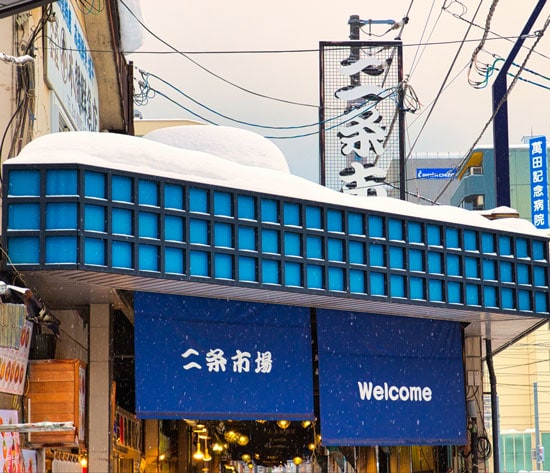
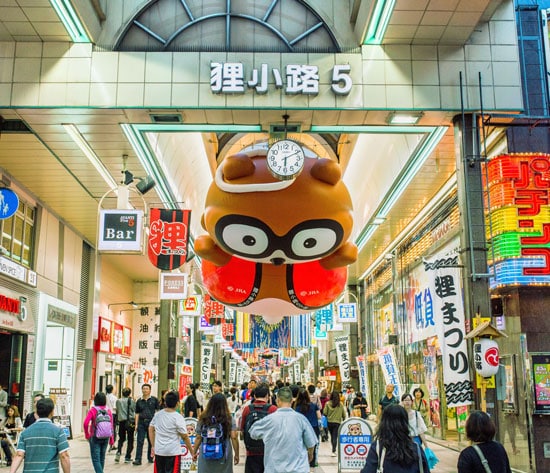
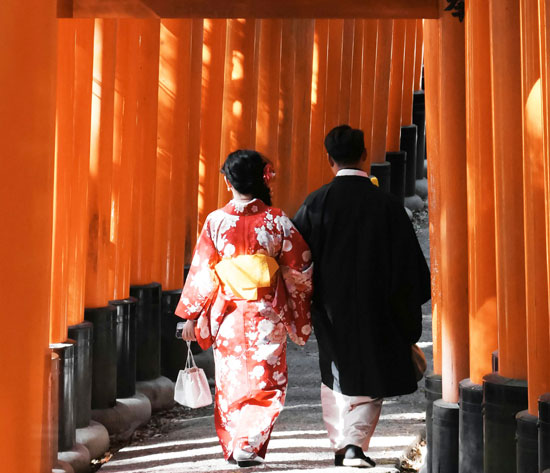
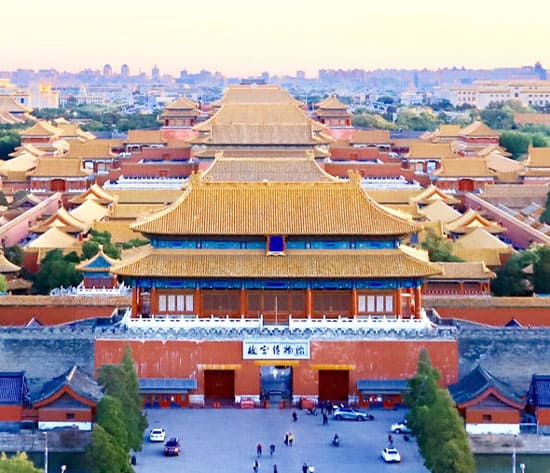
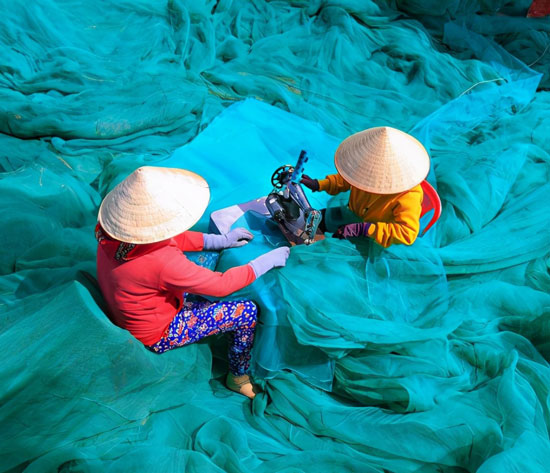
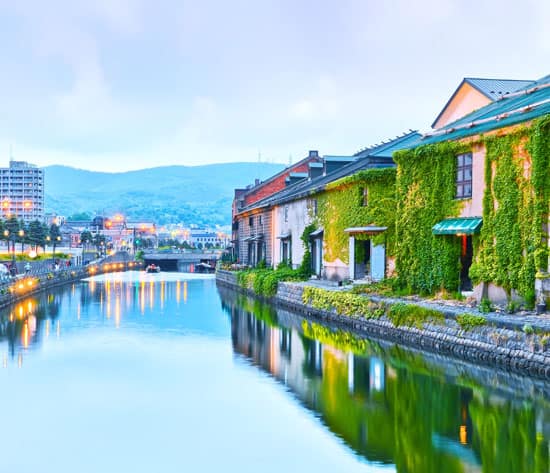
Have a Question?
You might see your comment appear on this page, but your email address and full name will not be published. Your personal information will remain confidential. Our Asia travel experts will get back to you as soon as possible. Required fields are marked *